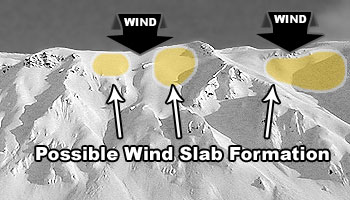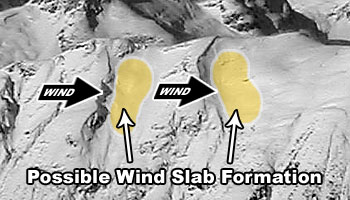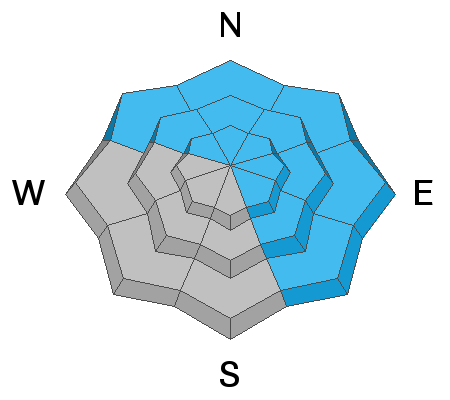Forecast for the Ogden Area Mountains

Issued by Mark Staples on
Wednesday morning, January 16, 2019
Wednesday morning, January 16, 2019
Today with new snow and some S and SW winds, the avalanche danger is MODERATE for triggering a shallow slab of wind-drifted snow at upper elevations. There could be a few isolated wind slabs at mid elevations but these are much less likely to exist. At mid and low elevations the danger is LOW where avalanche conditions are generally safe.
Avalanches breaking 1-2 feet deep on a persistent weak layer are unlikely today but remain a concern at mid and upper elevations especially with more snow coming that may start to awaken this layer.

Low
Moderate
Considerable
High
Extreme
Learn how to read the forecast here










